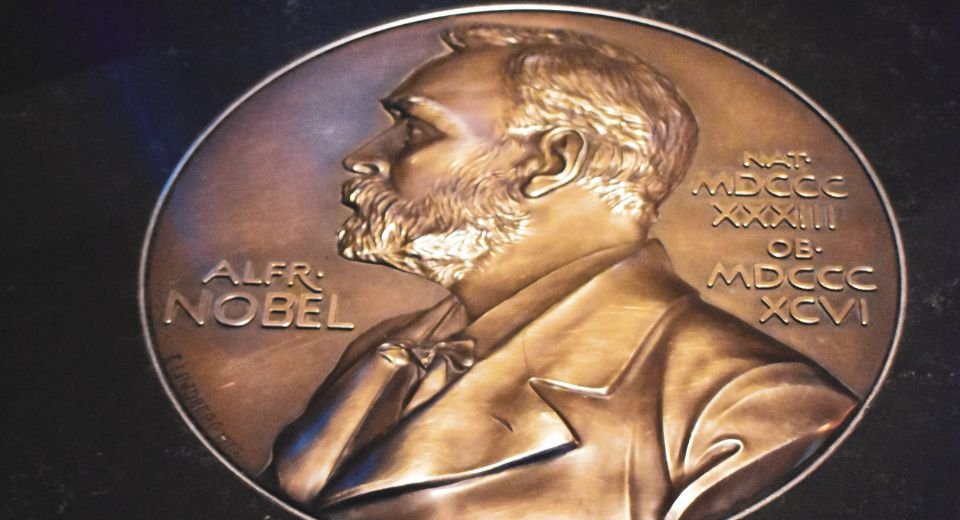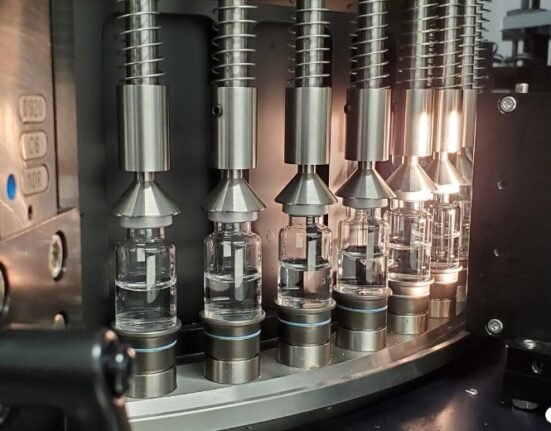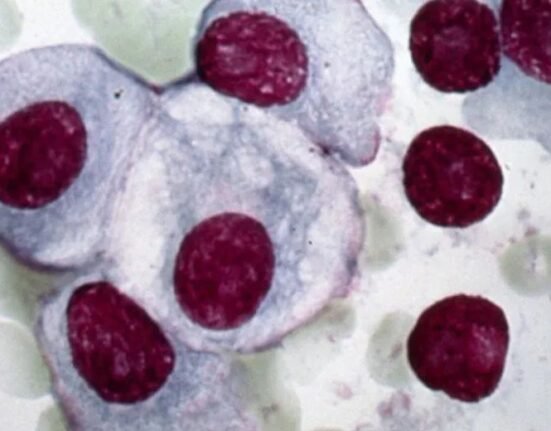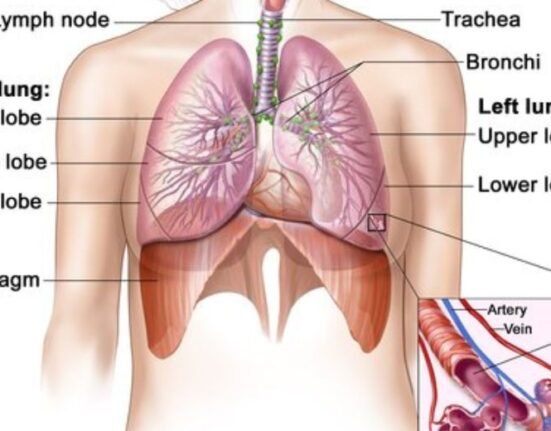HQ Team
October 2, 2023: Hungarian-born biochemist Katalin Kariko and US immunologist Drew Weissman jointly won the Nobel Prize in Physiology or Medicine for their discoveries that led to the development of vaccines to fight the Covid-19 virus.
The discoveries by the two Nobel Laureates were critical for developing effective mRNA vaccines against COVID-19 during the pandemic that began in early 2020, according to a statement from The Nobel Assembly at Karolinska Institutet.
“Through their groundbreaking findings, which have fundamentally changed our understanding of how mRNA interacts with our immune system, the laureates contributed to the unprecedented rate of vaccine development during one of the greatest threats to human health in modern times,” according to the statement.
The prize comes with 11 million Swedish crowns ($1 million) which will be shared.
In human cells, genetic information encoded in DNA is transferred to messenger RNA (mRNA), which is used as a template for protein production.
‘Flexibility, speed’
“The impressive flexibility and speed with which mRNA vaccines can be developed paved the way for using the new platform also for vaccines against other infectious diseases. In the future, the technology may also be used to deliver therapeutic proteins and treat some cancer types,” the Institutet stated.
The Nobel Assembly stated that several other vaccines against SARS-CoV-2, based on different methodologies, were also rapidly introduced, and together, more than 13 billion COVID-19 vaccine doses have been given globally.
“The vaccines have saved millions of lives and prevented severe disease in many more, allowing societies to open and return to normal conditions.
“Through their fundamental discoveries of the importance of base modifications in mRNA, this year’s Nobel laureates critically contributed to this transformative development during one of the biggest health crises of our time.”
During the 1980s, efficient methods for producing mRNA without cell culture were introduced, called in vitro transcription. This accelerated the development of molecular biology applications in several fields. Ideas of using mRNA technologies for vaccine and therapeutic purposes also took off, but roadblocks lay ahead.
Challenging to deliver
In vitro transcribed mRNA was considered unstable and challenging to deliver, requiring the development of sophisticated carrier lipid systems to encapsulate the mRNA.
Moreover, in vitro-produced mRNA gave rise to inflammatory reactions, according to the Insti.
These obstacles did not discourage Ms Katalin, who was devoted to developing methods to use mRNA for therapy.
During the early 1990s, when she was an assistant professor at the University of Pennsylvania, “she remained true to her vision of realising mRNA as a therapeutic despite encountering difficulties in convincing research funders of the significance of her project,” according to the statement.
Drew Weissman joined Katalin at the University of Pennsylvania. He was interested in dendritic cells, which help in immune surveillance and the activation of vaccine-induced immune responses.
A collaboration between the two soon began, focusing on how different RNA types interact with the immune system.
Paradigm change
They produced different variants of mRNA, each with unique chemical alterations in their bases, which they delivered to dendritic cells.
“The results were striking: The inflammatory response was almost abolished when base modifications were included in the mRNA.
“This was a paradigm change in our understanding of how cells recognise and respond to different forms of mRNA. Karikó and Weissman immediately understood that their discovery had profound significance for using mRNA as therapy. These seminal results were published in 2005, fifteen years before the COVID-19 pandemic.”
The interest in mRNA technology began to pick up, and in 2010, several companies were working on developing the method.
Vaccines against Zika virus and MERS-CoV were pursued — the latter is closely related to SARS-CoV-2.
After the outbreak of the COVID-19 pandemic, two base-modified mRNA vaccines encoding the SARS-CoV-2 surface protein were developed at “record speed.”
“Protective effects of around 95% were reported, and both vaccines were approved as early as December 2020,” according to the statement.








